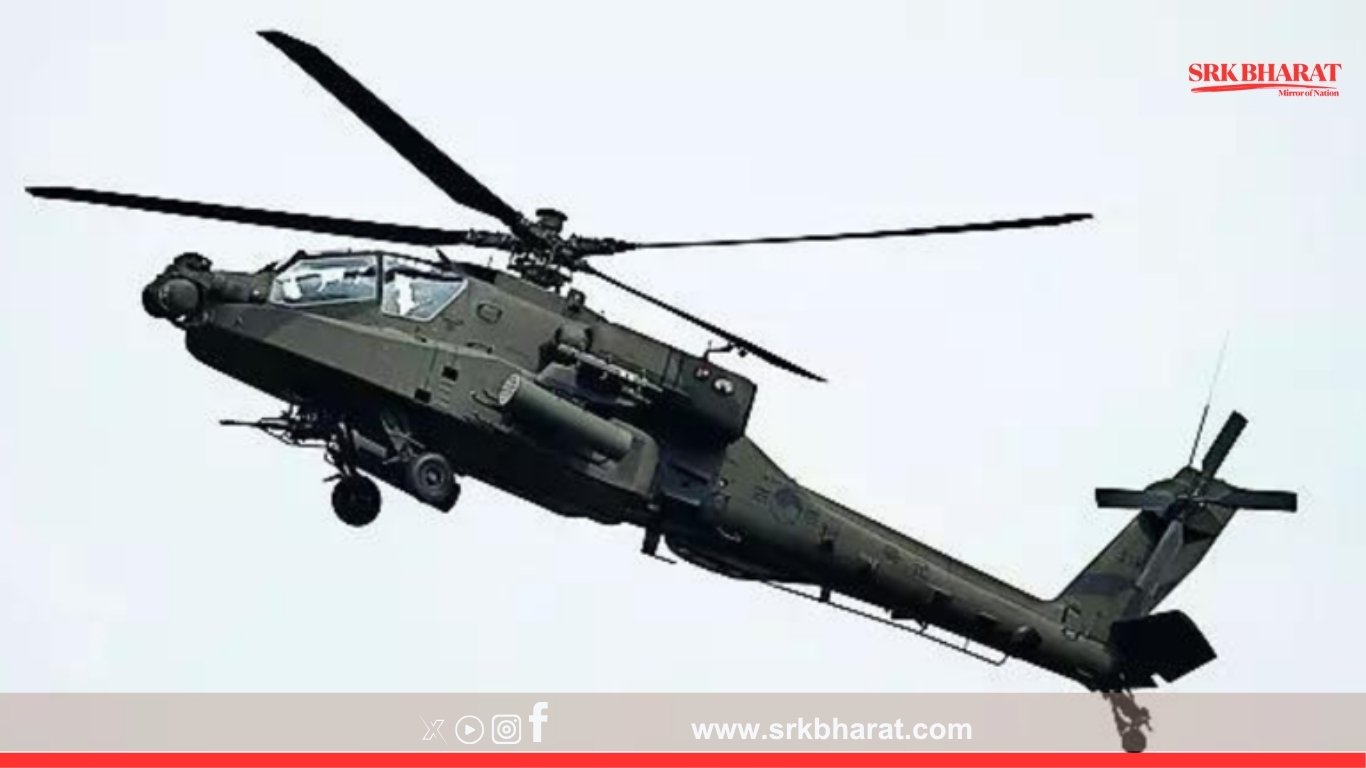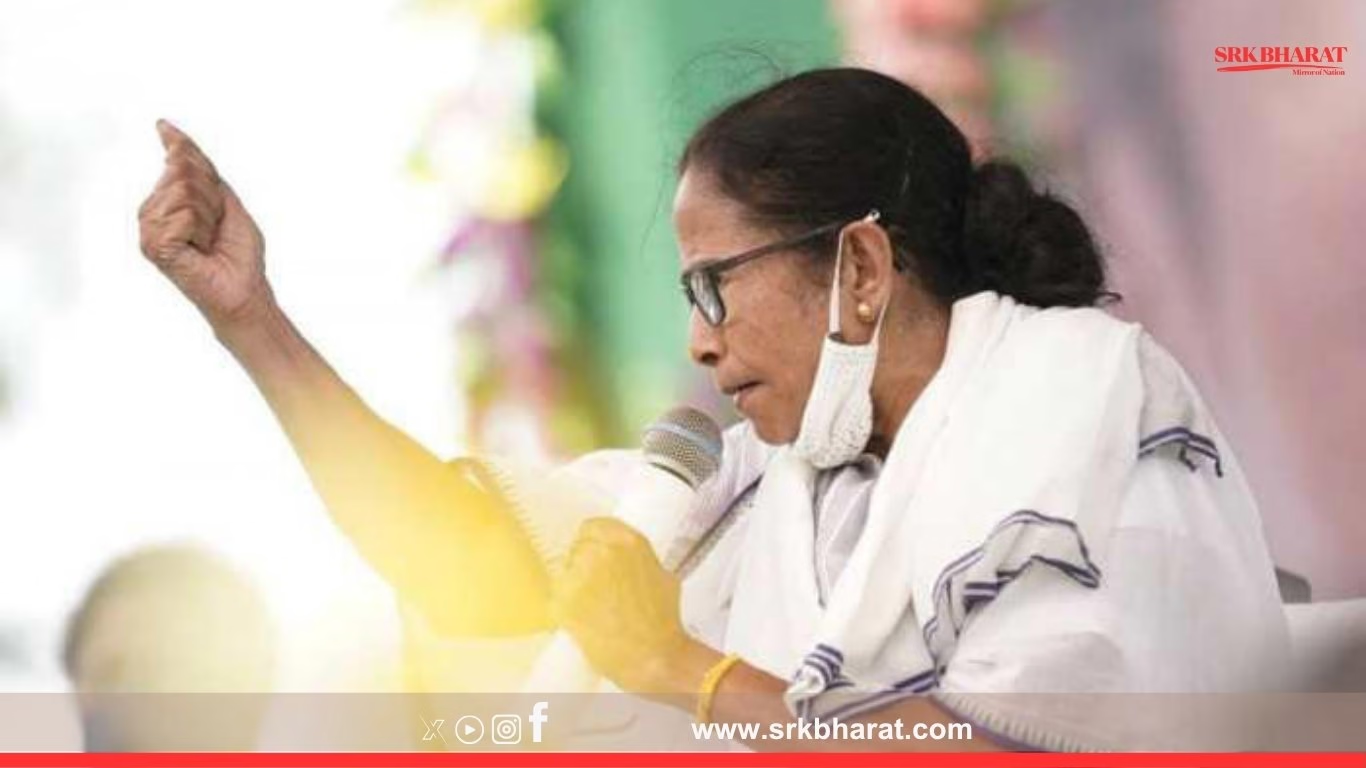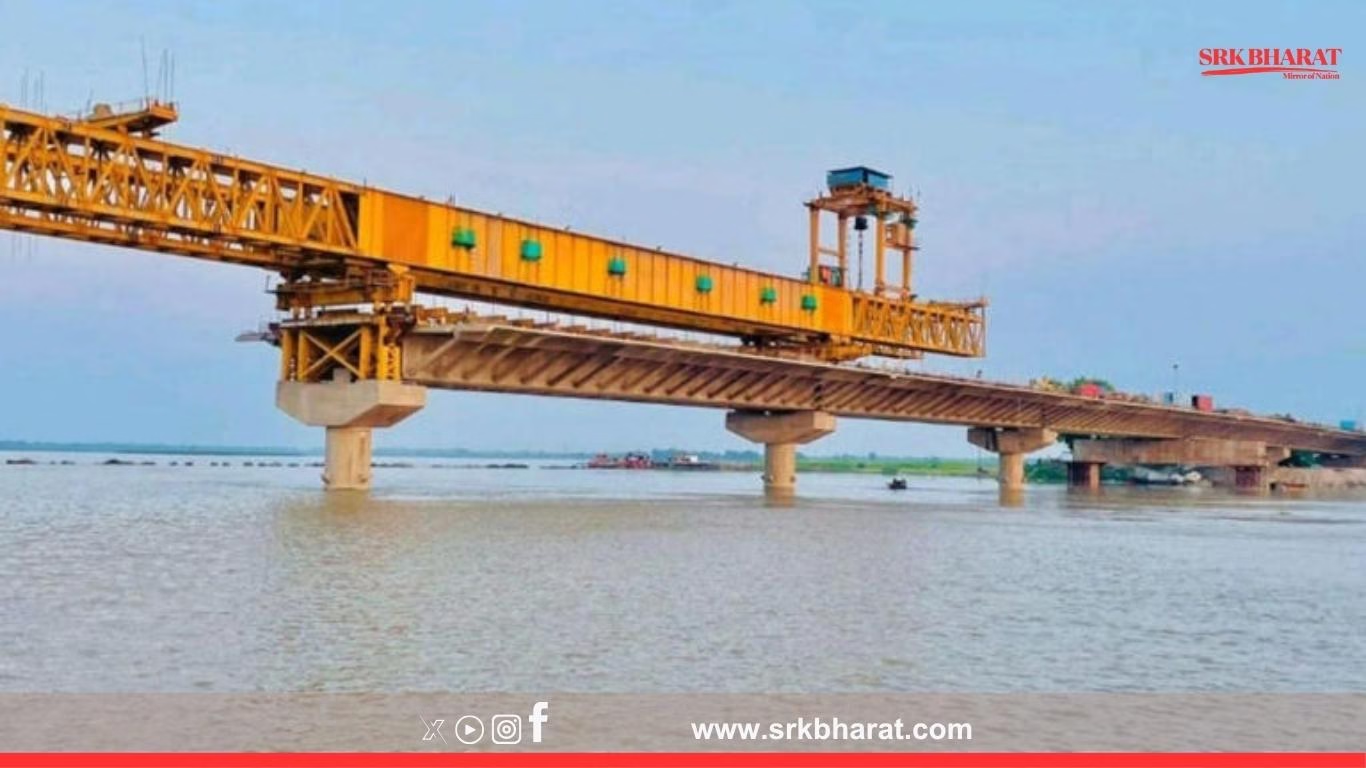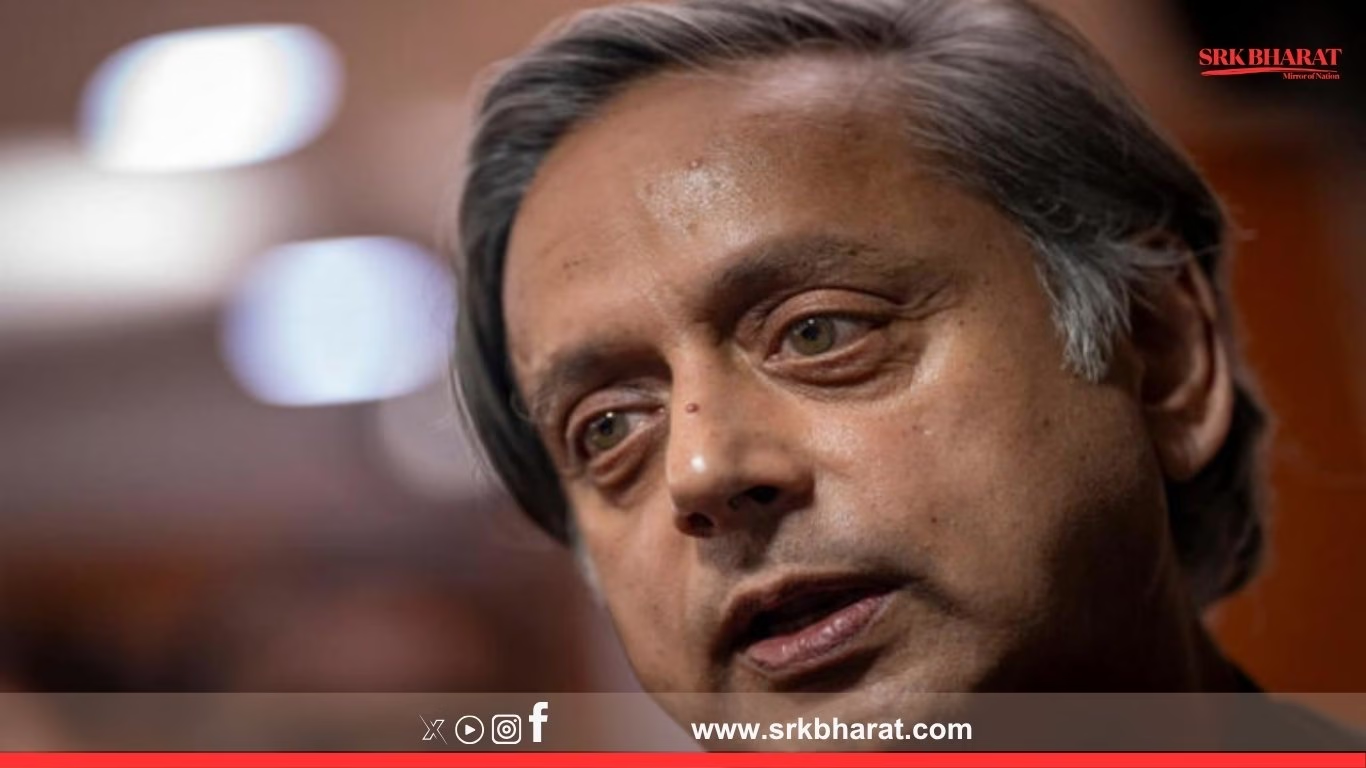India is set to receive its first batch of three AH-64E Apache attack helicopters from the United States this month, significantly strengthening its rotary-wing offensive capabilities amidst growing regional security challenges along the northern and western borders.
Key Highlights
- Delivery schedule: Three Apache helicopters arriving in India by the end of July 2025.
- Contract details: Part of an order for six additional Apaches placed under the $800 million deal finalised in 2020.
- Deployment plans: The helicopters are expected to be inducted into the Indian Army’s Aviation Corps, enhancing anti-armour and close air support operations, particularly in high-altitude regions.
Background: India’s Apache Acquisition Journey
| Year | Development |
|---|---|
| 2015 | India signed a $3 billion contract for 22 AH-64E Apaches for the Indian Air Force (IAF). |
| 2019-2020 | All 22 Apaches delivered to the IAF, inducted at Pathankot Air Base. |
| 2020 | Government cleared procurement of 6 Apaches for the Indian Army to strengthen integrated battle groups (IBGs). |
| 2025 | First batch of Army Apaches arriving; remaining three to be delivered by early 2026. |
Why Apaches Are Crucial For India
The Boeing-manufactured AH-64E Apache Guardian is the world’s most advanced multi-role attack helicopter, equipped with:
- Hellfire Longbow missiles for anti-tank and fortified bunker targeting.
- 30 mm chain gun with high accuracy for close combat.
- Stinger air-to-air missiles, enhancing airspace denial capabilities.
- Advanced avionics, sensors, and networking systems, making it a battlefield force multiplier.
Strategic Deployment
According to defence officials, the Indian Army will deploy its Apache squadron primarily for:
- Eastern Ladakh theatre, countering Chinese armoured build-up along the LAC.
- Western borders in Punjab and Rajasthan sectors, enhancing strike formations against enemy tanks.
- High-altitude support, complementing the existing fleet of Rudra and LCH Prachand helicopters for layered offensive operations.
Strength Comparison: Indian Attack Helicopter Fleet
| Helicopter | Quantity | Role | Operator |
|---|---|---|---|
| AH-64E Apache | 22 (IAF) + 6 (Army) | Heavy attack, anti-armour | IAF, Army |
| HAL Rudra | 75+ | Armed utility, close support | Army |
| HAL LCH Prachand | 15 (initial) | Light combat, high-altitude | IAF, Army |
| Mi-35 | Phasing out | Assault transport & limited attack | IAF |
Defence Ministry Statement
A senior Ministry of Defence official stated:
“The induction of Apache helicopters will significantly enhance the Army Aviation Corps’ ability to support ground operations with precision strikes. Their capabilities complement our indigenous Light Combat Helicopters for diverse terrains and missions.”
Geopolitical Context
This delivery comes amid:
- Ongoing India-China standoff in Eastern Ladakh where China has forward-deployed armoured units.
- Heightened tensions with Pakistan over border infiltration threats.
- US-India deepening defence ties under the Major Defense Partner framework, involving recent deals for MQ-9B drones and GE F414 jet engine co-production.
The Apache Deal: Specifications And Benefits
| Specification | Details |
|---|---|
| Maximum Speed | 293 kmph |
| Combat Radius | 480 km |
| Weapons | AGM-114 Hellfire missiles, Hydra rockets, 30 mm M230 chain gun |
| Crew | Pilot + co-pilot gunner |
| Unique Feature | Longbow radar for 360-degree target acquisition |
| Benefit | Ability to detect, classify, and prioritise up to 128 targets in under a minute |
Boeing’s Role And Indian Assembly
Boeing, which manufactures the Apaches at its Arizona facility, has:
- Collaborated with Tata Boeing Aerospace Limited (TBAL) in Hyderabad, which manufactures Apache fuselages, making India an integral part of its global supply chain.
- Supplied over 190 Apache fuselages from Hyderabad to global customers since 2018.
Expert Views
| Expert | Comment |
|---|---|
| Air Marshal (Retd) Anil Chopra | “Apaches provide unmatched battlefield dominance with proven combat performance in Afghanistan, Iraq, and Libya. Their induction is a significant deterrence step against tank offensives.” |
| Lt Gen (Retd) DS Hooda | “Integrating Apaches with Army’s Integrated Battle Groups will transform tactical strike capabilities, particularly in high-altitude warfare scenarios like Ladakh.” |
| Rahul Bedi, Defence Analyst | “This reflects India’s continued reliance on US-origin frontline combat platforms despite indigenous push.” |
Indigenous Vs Imported Debate
While Apaches strengthen heavy attack capability, India’s long-term strategy focuses on:
- Expanding HAL’s LCH Prachand programme for cost-effective high-altitude operations.
- Accelerating the Indian Multi Role Helicopter (IMRH) project to replace ageing Mi-17 fleets.
- Balancing imports with indigenous development under Atmanirbhar Bharat to reduce strategic dependency.
US-India Defence Relations: Recent Developments
| Date | Event | Outcome |
|---|---|---|
| June 2023 | GE F414 jet engine deal | Joint production for Tejas Mk2 fighters |
| Sept 2024 | MQ-9B Predator drone procurement cleared | Enhanced surveillance over IOR and LAC |
| July 2025 | Apache helicopters first batch delivery | Army’s attack helicopter capability strengthened |
Future Roadmap
Defence ministry sources indicate:
- Remaining three Apaches to arrive by Q1 2026.
- Training of Army Aviation Corps pilots on Apache systems ongoing at the US Army Aviation Centre, Fort Rucker.
- Infrastructure upgrades in Eastern Command’s helicopter bases for Apache integration are near completion.
Conclusion
The induction of the first three Apache helicopters this month marks a major milestone in India’s efforts to modernise its military aviation capabilities. As India continues to counter regional threats with a combination of indigenous and imported systems, these combat-proven helicopters will provide critical aerial firepower, supporting both defensive and offensive operations in diverse terrains across its borders.
Disclaimer: This news report is based on official statements, defence procurement data, and open-source intelligence, intended for public informational purposes.











